Home>Storage Ideas>Kitchen Storage>What Costs The Most In A Kitchen Remodel? Designers Advise
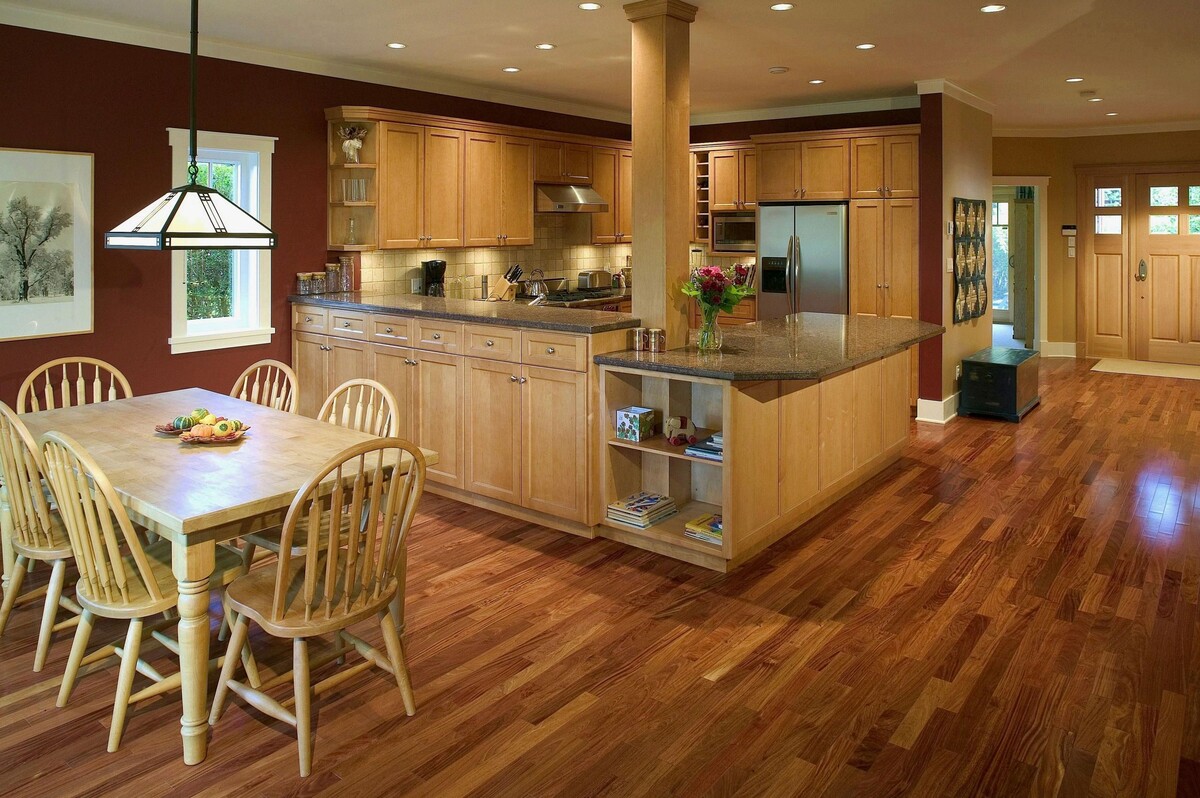

Kitchen Storage
What Costs The Most In A Kitchen Remodel? Designers Advise
Modified: January 6, 2024
Discover expert kitchen designers' advice on what costs the most in a kitchen remodel. Get inspired by practical kitchen storage ideas in this ultimate guide.
(Many of the links in this article redirect to a specific reviewed product. Your purchase of these products through affiliate links helps to generate commission for Storables.com, at no extra cost. Learn more)
Introduction
Are you considering a kitchen remodel? Renovating your kitchen can not only enhance the aesthetics of your home but also improve its functionality and increase resale value. However, it’s essential to be aware of the various factors that can contribute to the overall cost of a kitchen remodel. While the expenses can vary depending on factors such as the size of the kitchen and the materials used, there are some key areas that tend to incur the highest expenses.
In this article, we will discuss the top factors that can significantly impact the cost of a kitchen remodel. By understanding these aspects, you can better plan your budget and make informed decisions to create the kitchen of your dreams within your desired price range.
So, let’s delve into the details and find out what costs the most in a kitchen remodel!
Key Takeaways:
- When planning a kitchen remodel, carefully consider the costs of cabinets, countertops, appliances, flooring, lighting fixtures, plumbing fixtures, backsplashes, labor, design fees, and unexpected expenses to create a budget that aligns with your priorities and style preferences.
- Investing in high-quality materials, skilled labor, and professional design services can significantly impact the longevity and overall satisfaction of your kitchen remodel. Prioritize essential elements and be prepared for unexpected expenses by setting aside a contingency fund.
Cabinets
When it comes to kitchen storage and organization, cabinets play a crucial role. They not only provide ample space to store utensils, cookware, and pantry items but also contribute to the overall aesthetic appeal of the kitchen. However, cabinets can also be one of the most significant expenses in a kitchen remodel.
The cost of cabinets can vary greatly depending on factors such as the material, construction style, finish, and customization options. Solid wood cabinets are generally more expensive compared to those made of laminate or thermofoil. Additionally, custom cabinets, which are built to fit your kitchen’s specific dimensions and design preferences, tend to be pricier than stock or semi-custom cabinets.
Another factor that can impact the cost is the door style. Intricate designs or premium finishes like glazed or distressed can significantly increase the price. It’s important to consider both the style and functionality of the cabinets when making your selection. Opting for features such as soft-close hinges, pull-out drawers, and adjustable shelves can enhance the convenience and functionality of your cabinets but may also add to the overall cost.
Installation costs should also be taken into account. If you’re replacing your existing cabinets, you may need to consider the cost of removing and disposing of the old cabinets, as well as the installation of the new ones. Hiring a professional contractor or kitchen designer to handle the installation can ensure that the cabinets are properly and securely installed, but this will add to the overall cost of the project.
To help manage the costs of cabinets, consider a combination of stock, semi-custom, and custom options. You can choose to have custom cabinets in key areas, such as the island or display cabinets, while using stock or semi-custom cabinets for the remaining areas. This way, you can strike a balance between functionality, aesthetics, and cost.
Ultimately, investing in high-quality cabinets is a worthwhile expense, as they can significantly enhance the overall look and storage efficiency of your kitchen. Just be sure to set a realistic budget and explore different options to find the perfect cabinets that meet your needs while staying within your financial means.
Countertops
Countertops are not only functional surfaces in the kitchen but also make a significant design statement. They are subjected to constant use and need to be durable, heat-resistant, and easy to maintain. However, the cost of countertops can vary greatly depending on the material you choose.
Granite countertops, known for their durability and natural beauty, are a popular choice but can be quite expensive. The cost is determined by factors such as the rarity of the stone, thickness, and complexity of the installation. Other natural stone options, like marble or quartzite, can also be on the higher end of the price spectrum.
If you’re looking for a more budget-friendly option, consider engineered stone or quartz countertops. They are composed of natural quartz crystals mixed with resins and pigments, creating a durable and low-maintenance surface. The cost of quartz countertops can be more affordable compared to natural stone, although prices can still vary based on brand and design choices.
Another cost-effective option is laminate countertops. They come in a variety of colors and patterns and can mimic the appearance of natural stone or wood. While laminate countertops may not have the same level of durability as natural stone or engineered stone, they offer a budget-friendly solution for those looking to remodel on a tighter budget.
Other factors that can impact the cost of countertops include the size of your kitchen, additional features such as edge profiles and backsplash installations, and the complexity of the installation. It’s essential to consider not only the upfront cost but also the long-term maintenance and durability of the chosen material to make an informed decision.
To manage the costs, consider a combination of materials for different areas in your kitchen. For example, you can splurge on a high-end countertop material for the island or main cooking area, while choosing a more affordable option for the remaining countertops. This way, you can achieve a balance between aesthetics, functionality, and cost.
Remember to research and compare prices from different suppliers to ensure you’re getting the best value for your money. Additionally, consult with a professional kitchen designer or contractor who can guide you in selecting the most suitable countertop material based on your specific needs, style preferences, and budget constraints.
By carefully considering your options and balancing cost and quality, you can find the perfect countertops that not only add beauty to your kitchen but also withstand the demands of everyday use.
Appliances
When renovating your kitchen, updating your appliances is an important consideration. Modern appliances not only improve the functionality and efficiency of your kitchen but also add to its overall aesthetic appeal. However, they can also be a significant expense in your kitchen remodel budget.
The cost of appliances can vary depending on the brand, features, and size. High-end brands tend to have higher price tags but often offer advanced technology, sleek designs, and superior performance. However, it’s important to evaluate your needs and prioritize which features are essential for your cooking and lifestyle requirements.
Major appliances such as refrigerators, ranges, ovens, and dishwashers can make up a substantial portion of your kitchen remodel budget. Additionally, specialty appliances like wine coolers, microwaves, and ventilation hoods can add to the overall cost. It’s crucial to research and compare prices from different retailers to find the best deals and promotions.
Installation costs should also be taken into account. Some appliances may require electrical and plumbing modifications, which can add to the labor expenses. It’s recommended to hire a professional for the installation to ensure proper connections and avoid any potential hazards.
To manage the costs of appliances without compromising on quality, consider buying during sales or looking for floor models and clearance items. These options can often provide significant savings without sacrificing functionality or warranty coverage. Additionally, consider energy-efficient appliances that can help save on utility bills in the long run.
When selecting appliances, also consider their size and compatibility with your kitchen layout. Ensure that the dimensions are suitable for the designated spaces to avoid any costly modifications or returns.
Keep in mind that investing in high-quality appliances is generally a wise decision as they offer durability, longevity, and enhanced performance. However, it’s crucial to strike a balance between your desires and your budget. Prioritizing essential appliances and choosing mid-range options for others can help you achieve a cost-effective kitchen remodel.
Consulting with kitchen designers or professionals who can guide you through the options, explain the features of different appliances, and provide recommendations based on your specific needs can also be beneficial. Their expertise can ensure that you make informed decisions and choose appliances that align with your budget and lifestyle requirements.
By carefully considering your appliance choices and seeking out the best deals, you can update your kitchen with efficient and stylish appliances without breaking the bank. Remember, making wise decisions when it comes to appliances can have a significant impact on the overall cost of your kitchen remodel.
Flooring
The right flooring can transform the overall look and feel of your kitchen. It not only needs to be aesthetically pleasing but also durable and easy to clean, as the kitchen is a high-traffic area prone to spills and heavy foot traffic. However, flooring materials and installation costs can be a significant expense in a kitchen remodel.
Several factors influence the cost of kitchen flooring, such as the material, size of the kitchen, installation method, and any additional preparatory work required. Let’s explore some popular flooring options and their cost considerations:
1. Hardwood: Hardwood flooring is a timeless and durable choice for kitchens. It adds warmth and elegance to the space. However, it can also be more expensive than other flooring options. The cost depends on the type of wood, finish, and installation method.
2. Laminate: Laminate flooring is a cost-effective alternative to hardwood. It offers a wide range of styles and can mimic the appearance of natural wood or stone. Laminate flooring is generally more affordable and easier to maintain than hardwood but may not be as durable in high-moisture areas.
3. Tile: Ceramic or porcelain tile is a popular choice for kitchen flooring due to its durability and water resistance. It comes in various styles, colors, and patterns, giving you ample design options. Tile installation costs can vary based on the complexity of the design and the size of the kitchen.
4. Vinyl: Vinyl flooring is a versatile and budget-friendly option for kitchen remodels. It is available in a wide range of styles, including sheets, planks, and tiles. Vinyl is durable, easy to clean, and resistant to moisture, making it an ideal choice for kitchens.
5. Engineered Wood: Engineered wood flooring combines the look of hardwood with the durability of plywood. It consists of a top layer of real wood veneer bonded to multiple layers of ply or high-density fiberboard. Engineered wood is more affordable than solid hardwood and provides stability against moisture.
6. Cork: Cork flooring is eco-friendly and has natural insulating properties. It is a comfortable and quiet flooring option that is resistant to mold and mildew. Cork flooring can be pricier than some other options, but it offers durability and a unique aesthetic.
When selecting flooring for your kitchen remodel, consider factors such as durability, maintenance requirements, and your budget. It’s also essential to factor in the cost of installation, which may involve removing existing flooring, leveling the subfloor, and hiring professionals to ensure proper installation.
To manage flooring costs, consider a combination of materials. For example, you can opt for hardwood or tile in certain areas, such as the main cooking and dining spaces, and choose a more budget-friendly option like laminate or vinyl in less visible areas.
Additionally, shopping around for the best prices, considering sales and promotions, and working with reputable suppliers and contractors can help you find quality flooring within your budget.
Remember, investing in high-quality and durable flooring is important as it contributes to the overall longevity and beauty of your kitchen. By carefully evaluating your options and considering both upfront and long-term costs, you can find the perfect flooring solution for your kitchen remodel project.
Lighting Fixtures
Lighting plays a crucial role in kitchen design, providing both functional and aesthetic benefits. Proper lighting can enhance the ambiance, highlight key areas, and make tasks easier and more enjoyable. However, the cost of lighting fixtures can add up, especially when considering different types of lighting and design elements.
1. Recessed Lighting: Recessed lights, also known as can lights or pot lights, are a popular choice for kitchen lighting. They provide a clean and streamlined look, as they are installed flush with the ceiling. The cost of recessed lighting can vary depending on the number of fixtures used, the type of bulbs, and the complexity of installation.
2. Pendant Lights: Pendant lights are a stylish and versatile lighting option for the kitchen. They can be installed above the kitchen island or dining area, adding visual interest and task lighting. The cost of pendant lights can range significantly depending on the design, materials, and brand.
3. Under Cabinet Lighting: Under cabinet lighting is a practical solution to illuminate the countertop workspace. It not only enhances visibility but also adds a warm and inviting ambiance. The cost of under cabinet lighting depends on the type of fixtures used, such as LED strips or puck lights, and the length of the cabinets.
4. Task Lighting: Task lighting focuses on specific areas where you perform tasks such as food preparation or cooking. It can be achieved through adjustable track lighting, portable lamps, or dedicated fixtures. The cost of task lighting can vary depending on the number of fixtures and the type of lighting used.
5. Chandeliers and Ceiling Lights: Chandeliers and ceiling lights can be used to create a focal point in the kitchen and provide overall ambient lighting. The cost of these fixtures depends on the design, size, material, and brand.
6. Dimmers and Controls: Incorporating dimmers and lighting controls allows you to adjust the brightness and create the desired ambiance. While dimmers themselves are relatively affordable, the cost can increase if you opt for smart lighting systems or more advanced controls.
To manage the costs of lighting fixtures, consider a combination of different types. Use recessed lighting for general illumination, pendant lights for style and task lighting, and under cabinet lighting for practicality. This strategic mix can help you achieve a well-balanced and cost-effective lighting design.
It’s important to plan the lighting layout in advance and work with a professional electrician to ensure the proper installation of fixtures and electrical connections. They can also provide valuable advice on energy-efficient options and lighting designs that suit your kitchen’s style and layout.
Furthermore, research and compare prices from different suppliers and retailers to find the best deals on lighting fixtures. Don’t forget to consider the long-term energy savings when investing in energy-efficient bulbs and fixtures, as they can reduce your utility costs over time.
Remember, lighting fixtures are not just functional elements but also contribute to the overall aesthetics and atmosphere of your kitchen. By carefully selecting the right fixtures and staying within your budget, you can create a well-lit and visually appealing kitchen space.
When planning a kitchen remodel, the biggest costs typically come from cabinetry, countertops, and appliances. To save money, consider keeping the existing layout and focusing on updating these key elements.
Plumbing Fixtures
Plumbing fixtures are essential components of any kitchen remodel, as they determine the functionality and convenience of your kitchen’s water supply and drainage. When it comes to plumbing fixtures, there are several key elements to consider that can impact the cost of your kitchen remodel.
1. Sink: The kitchen sink is an integral part of the kitchen, used for various purposes such as washing dishes, food preparation, and cleaning. The cost of a sink can vary depending on factors like the material, size, and design. Stainless steel is a popular and affordable option, while options like cast iron or fireclay tend to be more expensive but offer durability and a luxurious look.
2. Faucet: A high-quality faucet is essential for both functionality and aesthetic appeal. The cost of a faucet depends on factors such as the material, finish, design, and additional features like sprayers or touchless technology. Choose a faucet that suits your kitchen’s style while ensuring it is durable and reliable.
3. Garbage Disposal: A garbage disposal unit can make food waste disposal more convenient and help keep your kitchen clean. The cost of a garbage disposal depends on factors such as the power rating, noise level, and additional features like auto-reverse functionality. Investing in a reliable and efficient unit can save you from future plumbing issues and potentially costly repairs.
4. Water Filtration System: Installing a water filtration system in your kitchen can provide you with clean and purified drinking water. The cost of water filtration systems can vary greatly depending on the type of system, filtration technology used, and the level of water purification required. Consider the initial cost as well as the ongoing maintenance and filter replacement costs.
5. Dishwasher: If you are planning to include a dishwasher in your kitchen remodel, this can be a significant plumbing fixture expense. The cost of a dishwasher depends on factors such as size, capacity, energy efficiency, and additional features like quiet operation or advanced washing options. Evaluate your needs and find a dishwasher that balances performance and cost-effectiveness.
6. Plumbing Work: In addition to the fixtures themselves, you also need to consider the cost of hiring a professional plumber for installation or plumbing modifications. This can include relocating or adding water lines, drain lines, and venting if needed. Proper installation and professional plumbing work are essential to ensure the functionality and longevity of your kitchen plumbing system.
To manage the costs of plumbing fixtures, evaluate your needs and prioritize what is essential for your kitchen. Consider the long-term benefits and durability of higher-quality fixtures, as they can potentially save you from costly repairs and replacements down the line.
Research different brands and suppliers to find competitive pricing and explore any ongoing promotions or deals. Additionally, hiring a reputable plumber can ensure that the installation is done correctly, minimizing the risk of leaks or plumbing issues that could result in additional expenses in the future.
By carefully selecting plumbing fixtures that align with your needs, style preferences, and budget, you can create a functional and efficient kitchen space that meets your requirements and enhances the overall value of your home.
Backsplash
The kitchen backsplash is not only a functional element that protects the walls from splatters and spills but also a design feature that adds visual interest and personality to your kitchen. The cost of a backsplash can vary depending on the material, size, design complexity, and installation method.
1. Tile Backsplash: Tile is a popular choice for kitchen backsplashes due to its versatility, durability, and wide range of design options. The cost of tile backsplashes can vary depending on the type of tile, such as ceramic, porcelain, or glass, as well as the intricacy of the pattern or mosaic design. Custom or hand-painted tiles tend to be more expensive than basic subway tiles.
2. Natural Stone Backsplash: Natural stone, such as marble, granite, or travertine, offers a luxurious and timeless look but can be more expensive than tile. The cost of natural stone backsplashes depends on factors such as the rarity of the stone, the amount of material needed for the backsplash area, and the difficulty of installation.
3. Solid Surface Backsplash: Solid surface materials, like quartz or acrylic, provide a seamless and low-maintenance backsplash option. The cost of solid surface backsplashes depends on factors such as the brand, thickness, and any additional customization or edging details.
4. Metal Backsplash: Metal backsplashes, such as stainless steel or copper, can add a sleek and modern touch to your kitchen décor. The cost of metal backsplashes depends on factors such as the type of metal, finish, and any additional design elements like embossing or texture.
5. Plastic or Laminate Backsplash: Plastic or laminate backsplashes offer an affordable option with a variety of colors and patterns to choose from. They are relatively easy to install and maintain, making them a popular choice for budget-friendly kitchen remodels.
6. Installation Costs: In addition to the material costs, you should also consider the installation expenses. Hiring a professional installer ensures proper alignment, precise cuts, and a clean finish. The complexity of the design or pattern, as well as any additional features like border tiles or decorative inserts, can impact the installation cost.
To manage the costs of a backsplash, you can consider various options. For example, you can combine more expensive materials, like natural stone or custom tiles, with less expensive tiles for cost savings. It’s also worth researching different suppliers and comparing prices to find the best deals.
Consider the overall aesthetic of your kitchen and how the backsplash will integrate with other design elements. Find inspiration in magazines or online platforms to explore different patterns, layouts, and color combinations that best suit your style preferences and budget.
Remember, the kitchen backsplash is an opportunity to make a visual statement and enhance the overall appeal of your kitchen. By selecting a backsplash that balances cost, aesthetics, and functionality, you can transform your kitchen into a beautiful and inviting space.
Labor Costs
Labor costs are a significant component of any kitchen remodel budget. Hiring skilled professionals to handle the various aspects of the renovation ensures that the work is done efficiently and to code. The labor costs can vary depending on the scope and complexity of the project, as well as the location and experience of the contractors.
1. Demolition: Before starting the remodel, any existing cabinets, countertops, flooring, or fixtures may need to be removed. Demolition work requires labor and tools to safely and efficiently dismantle and dispose of the old materials. The cost of demolition can depend on the size of the kitchen and the complexity of the removal process.
2. Installation: Once the demolition is complete, the installation phase begins. This includes installing new cabinets, countertops, flooring, lighting fixtures, plumbing fixtures, and any other elements of the remodel. The labor costs for installation can vary depending on the complexity of the design, the skill level required, and the time it takes to complete the work.
3. Electrical and Plumbing Work: If any electrical or plumbing modifications are necessary, such as relocating outlets or installing new plumbing lines, this work will require the expertise of licensed professionals. The cost of electrical and plumbing labor will depend on the complexity of the work and the regional rates of contractors.
4. Trim and Finishing Work: Trim work such as baseboards, crown molding, and trim around windows and doors adds a finishing touch to the kitchen remodel. Labor costs for trim and finishing work can vary depending on the intricacy of the design and any custom features or details required.
5. Project Management and Oversight: Hiring a project manager or kitchen designer can help coordinate the various tradespeople and ensure the smooth progression of the remodel. Project management costs will depend on the size and complexity of the project, as well as the level of involvement required.
To manage labor costs, it is essential to carefully plan and communicate your requirements with the contractors. Obtain multiple quotes and compare the rates and experience of different professionals to ensure you are getting a fair price for the work. However, remember that quality workmanship is crucial for the success and longevity of your kitchen remodel, so do not compromise on expertise for the sake of cost savings.
Additionally, it is important to establish a clear timeline with the contractors and ensure there is a mutual understanding of the scope of work. This helps prevent delays and any additional costs that may arise from changes or unexpected issues during the remodel.
By budgeting for labor costs and working with reputable professionals who provide transparent and detailed estimates, you can ensure that your kitchen remodel project is completed efficiently and to your satisfaction. Investing in skilled labor ensures quality workmanship and a kitchen that not only looks beautiful but also functions effectively for years to come.
Design Fees
When embarking on a kitchen remodel, working with a professional kitchen designer or architect can greatly enhance the outcome of your project. Design professionals have the expertise to create a functional and visually appealing kitchen layout, assist with material selection, and guide you through the remodeling process. However, it’s important to consider and budget for design fees as part of your overall kitchen remodel expenses.
Design fees can vary depending on several factors, including the complexity of the project, the level of involvement required from the designer, and their experience and reputation. There are a few common types of design fees you may encounter:
1. Initial Consultation Fee: Some designers charge an upfront fee for an initial consultation where they assess your needs, discuss your goals, and understand your style preferences. This fee covers their time and expertise in providing recommendations and initial design concepts for your kitchen remodel project.
2. Hourly Fee: Many designers charge an hourly fee for their time spent on your project. This fee covers tasks such as creating design concepts, sourcing materials, communicating with contractors, and providing ongoing project management. The hourly rate can vary based on the designer’s experience and location.
3. Flat Fee: Some designers may offer a flat fee for their services, providing a comprehensive design package for your kitchen remodel. This fee covers everything from the initial consultation to the final design plan. Flat fees can be beneficial for budgeting purposes, as you know the total cost upfront.
4. Percentage of Overall Project Cost: In some cases, designers may charge a percentage of the overall project cost as their fee. This approach aligns their compensation with the scale and complexity of the remodel. The percentage can range from 10% to 20% or more, depending on the designer’s reputation and level of involvement.
It’s essential to discuss and clarify the design fees with your chosen designer before starting the project. This includes understanding what services are included in the fee, any additional charges, and the payment terms.
To manage design fees, it’s helpful to have a clear vision of what you want to achieve with your kitchen remodel. This can include gathering inspiration from magazines, websites, or social media platforms to convey your style preferences to the designer. Providing the designer with a detailed brief can help streamline the design process and potentially minimize design revisions.
Additionally, consider working with a designer who offers a range of design packages or services to suit different budgets. You may opt for a more limited design consultation to get professional input on key decisions, such as layout and material selection, while taking on some of the project management responsibilities yourself.
Remember, investing in a skilled designer can significantly impact the outcome of your kitchen remodel. Their expertise, knowledge of industry trends, and ability to create functional and aesthetically pleasing designs can help you achieve the kitchen of your dreams. While design fees should be considered in your budget, they can provide valuable guidance and ensure the success of your remodel.
Unexpected Expenses
When undertaking a kitchen remodel, it’s important to budget for unexpected expenses that may arise during the project. No matter how well you plan and prepare, unforeseen circumstances can occur, adding to the overall cost of your kitchen renovation. Here are some unexpected expenses to consider when budgeting for your remodel:
1. Structural Issues: Once demolition begins, hidden structural issues may be uncovered. This could include damage to the walls, floors, or ceiling that requires repair or reinforcement. Hiring professionals to assess and address these issues will add to your expenses but is essential for the safety and stability of your kitchen.
2. Plumbing or Electrical Upgrades: As you update your kitchen, you may discover that your plumbing or electrical systems need upgrading to comply with current building codes or to accommodate your new appliances or fixtures. This can involve rewiring, adding electrical outlets, or replacing old pipes, which can increase your project expenses.
3. Mold or Water Damage: During the demolition phase, it’s not uncommon to uncover mold or water damage behind the walls or under the flooring. Remediation and repairs to address these issues can be costly and may require the assistance of professionals.
4. Permit Costs: Depending on the scale of your remodel, you may need to obtain permits from your local building department. Permit fees can vary, and it’s essential to account for them in your budget.
5. Change Orders: During the course of your remodel, you may decide to make changes or additions to the original plan. Change orders can result in additional labor, material, and possibly design fees. It’s important to carefully consider and communicate any changes to avoid unexpected expenses.
6. Delivery and Removal Fees: If you’re purchasing new materials or appliances, there may be delivery fees involved. Similarly, when disposing of the old materials, you may incur removal or disposal fees. Be sure to factor these costs into your budget.
7. Temporary Living Arrangements: Depending on the extent of your kitchen remodel, you may need to make alternate living arrangements during the construction phase. This could involve renting a temporary space or staying with family or friends. Consider the cost of temporary accommodation when planning your budget.
8. Upgraded Finishes and Accessories: As you browse catalogs or visit showrooms, you may be tempted to upgrade to higher-quality finishes or add more accessories to your kitchen design. These upgrades can quickly add to the overall cost, so it’s important to be mindful of your budget and make informed decisions.
To prepare for unexpected expenses, it’s advisable to set aside a contingency fund of around 10% to 20% of your total remodel budget. This way, you’ll be financially prepared to handle any unforeseen costs that may arise during the renovation process.
Remember, every remodeling project is unique, and unexpected expenses can vary. By being prepared and flexible, you can minimize stress and financial strain when unexpected situations arise. Working with experienced professionals, conducting thorough inspections, and maintaining open communication throughout the project can also help identify and address any potential issues early on, reducing the likelihood of surprises.
Conclusion
Embarking on a kitchen remodel can be an exciting but complex endeavor. It is essential to understand the factors that can significantly impact the cost of the project. Cabinets, countertops, appliances, flooring, lighting fixtures, plumbing fixtures, backsplashes, labor costs, design fees, and unexpected expenses all play a role in determining the overall expenses of a kitchen renovation.
When budgeting for a kitchen remodel, it’s crucial to carefully consider your priorities, style preferences, and functional requirements. Allocate funds to each component based on your needs and desired outcomes. Researching different materials, comparing prices, and obtaining multiple quotes from professionals can help you make informed decisions and find the best value for your money.
While managing costs is important, remember that investing in quality materials, skilled labor, and professional design services can have a significant impact on the longevity and overall satisfaction with your kitchen remodel. Prioritize the elements that are most important to you and be prepared to make compromises in other areas to stay within your budget.
Be prepared for unexpected expenses by setting aside a contingency fund. Unforeseen issues can arise during the renovation process, such as structural repairs, plumbing or electrical upgrades, or mold remediation. Having a financial buffer will help you navigate these unforeseen circumstances without derailing your project or causing undue stress.
Additionally, working with experienced professionals, such as kitchen designers, contractors, and plumbers, can ensure a smooth and successful renovation. They possess the expertise to guide you through the process, help you make informed choices, and handle any challenges that may arise.
In conclusion, a well-planned and budgeted kitchen remodel can transform the heart of your home into a functional and beautiful space. By considering the costs associated with cabinets, countertops, appliances, flooring, lighting fixtures, plumbing fixtures, backsplashes, labor, design, and unexpected expenses, you can plan and execute a successful kitchen renovation that meets your needs, aligns with your style preferences, and adds value to your home.
Frequently Asked Questions about What Costs The Most In A Kitchen Remodel? Designers Advise
Was this page helpful?
At Storables.com, we guarantee accurate and reliable information. Our content, validated by Expert Board Contributors, is crafted following stringent Editorial Policies. We're committed to providing you with well-researched, expert-backed insights for all your informational needs.
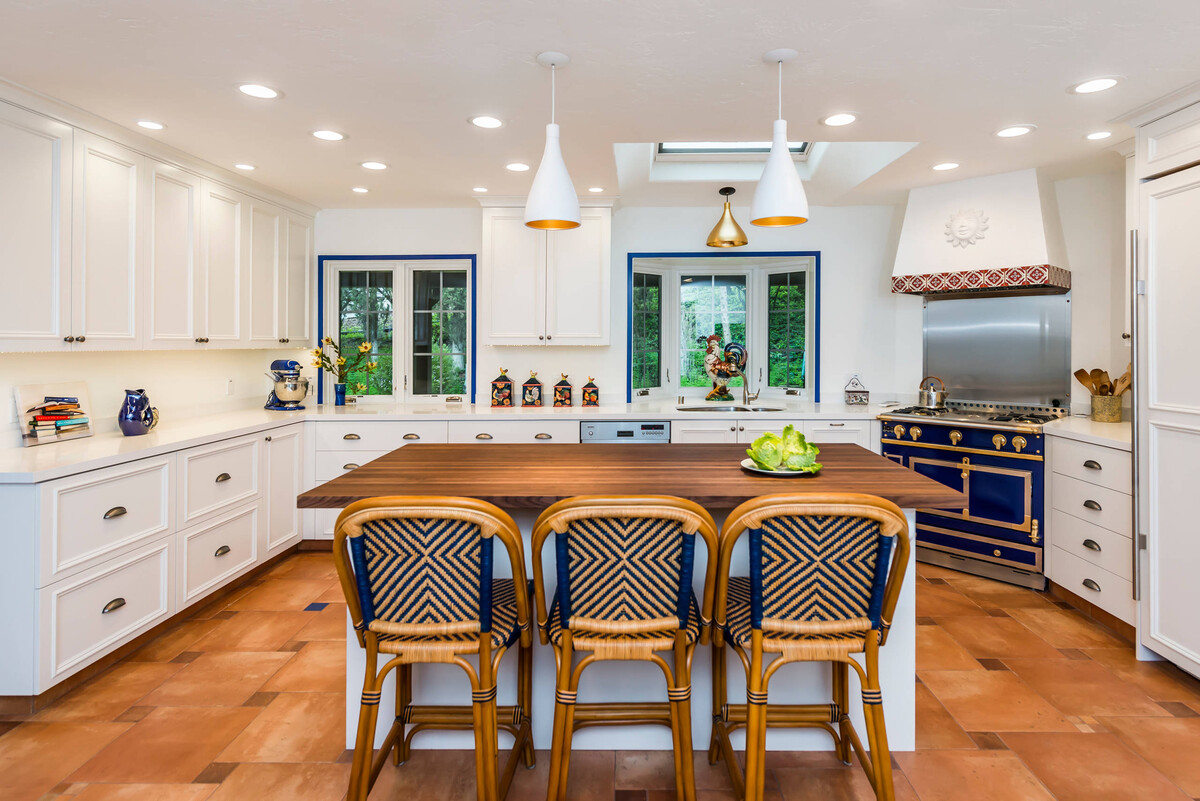
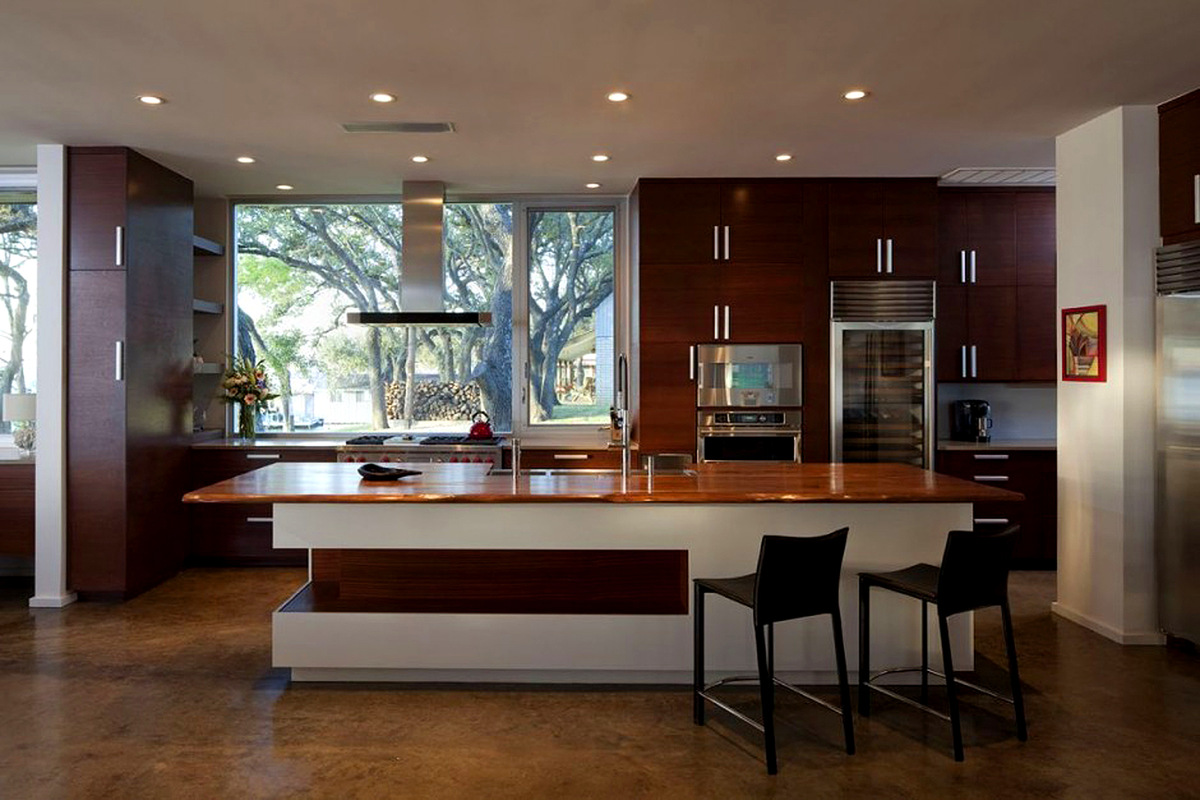
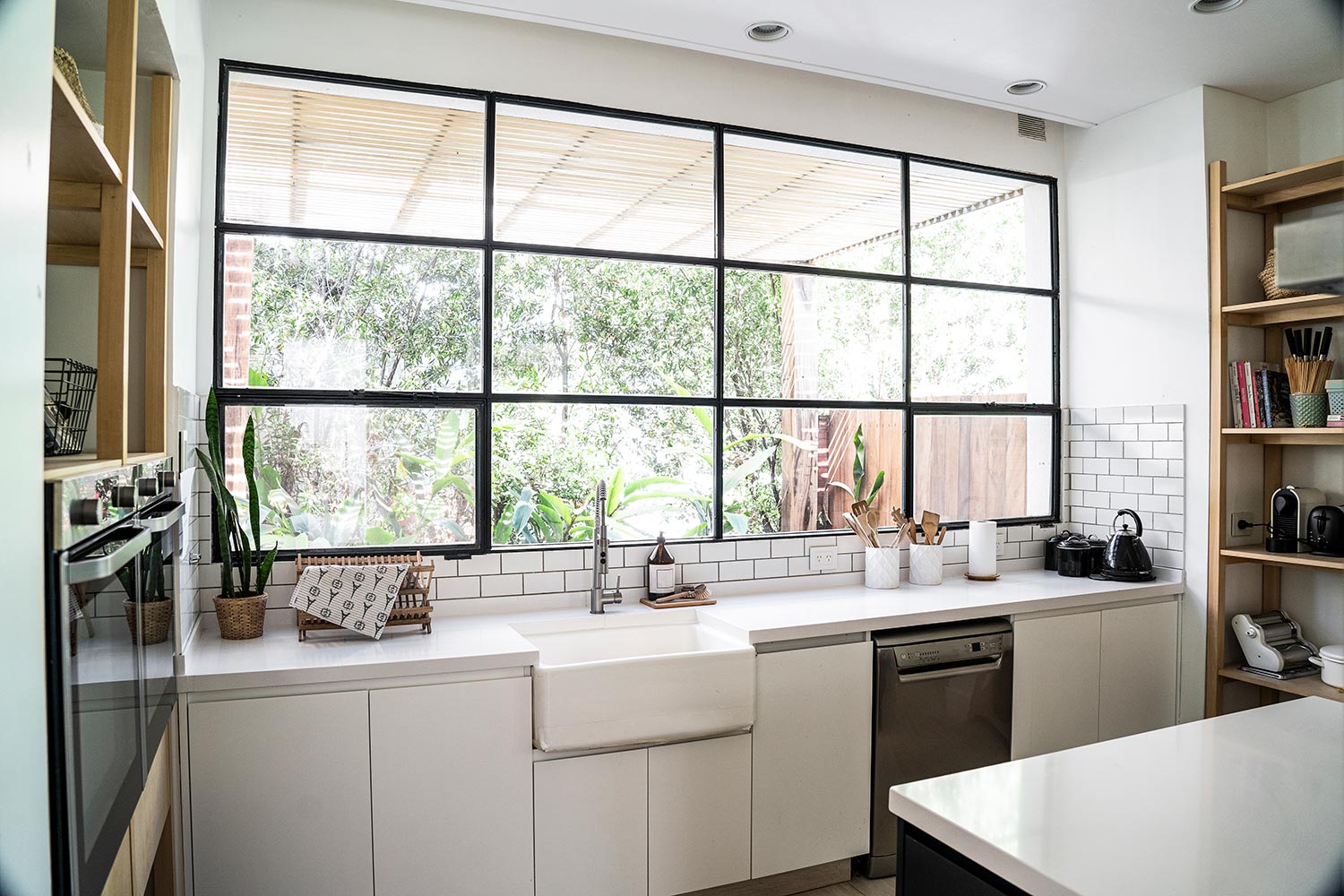
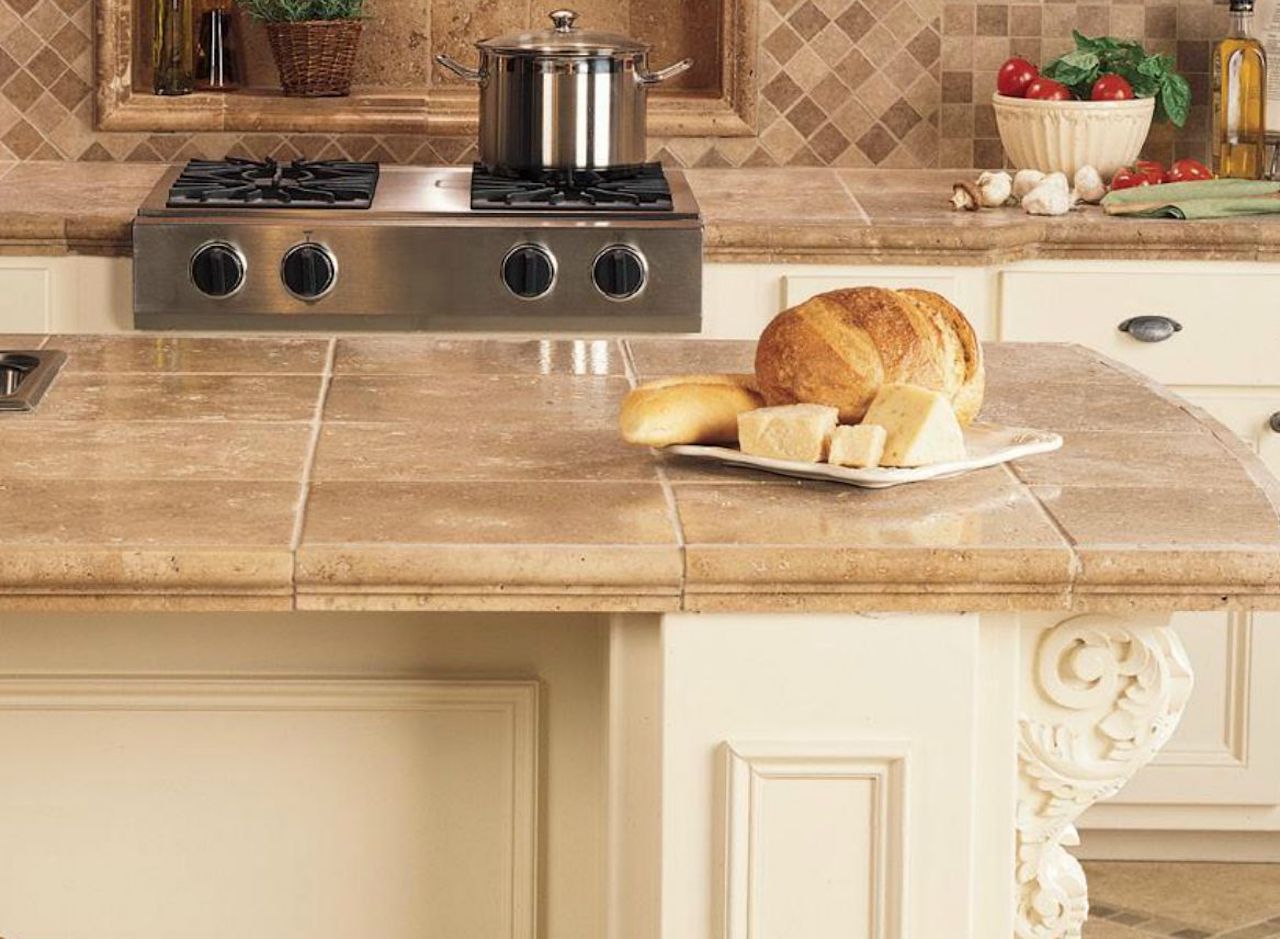
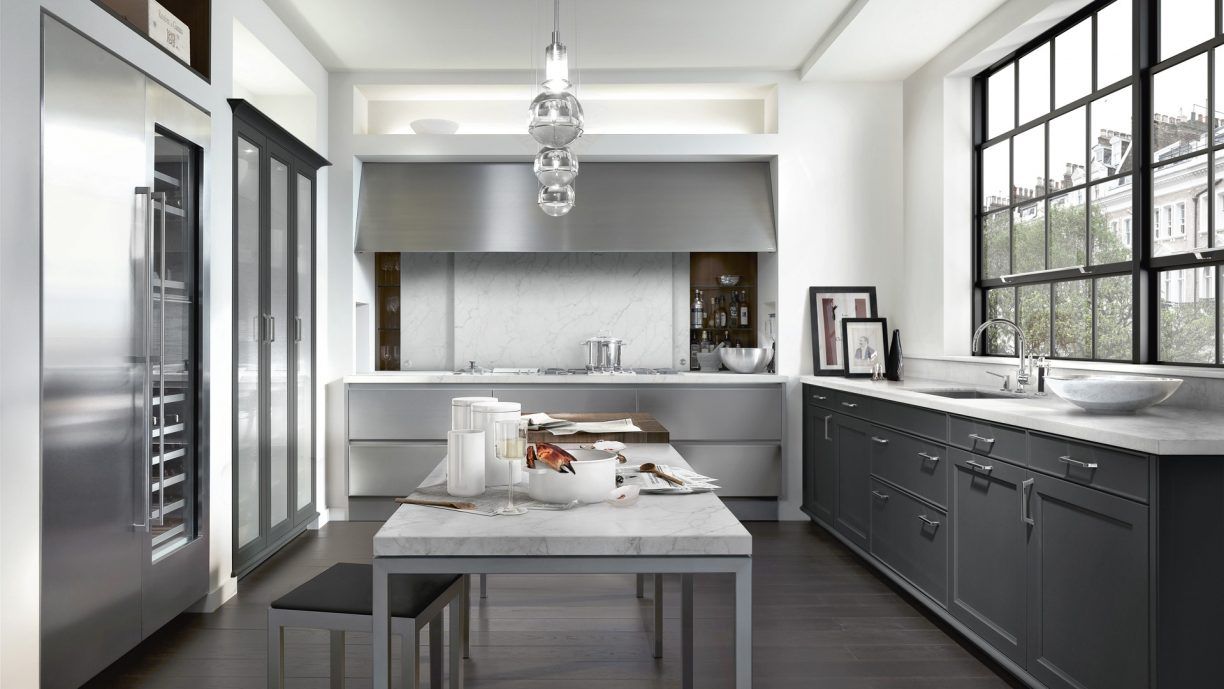
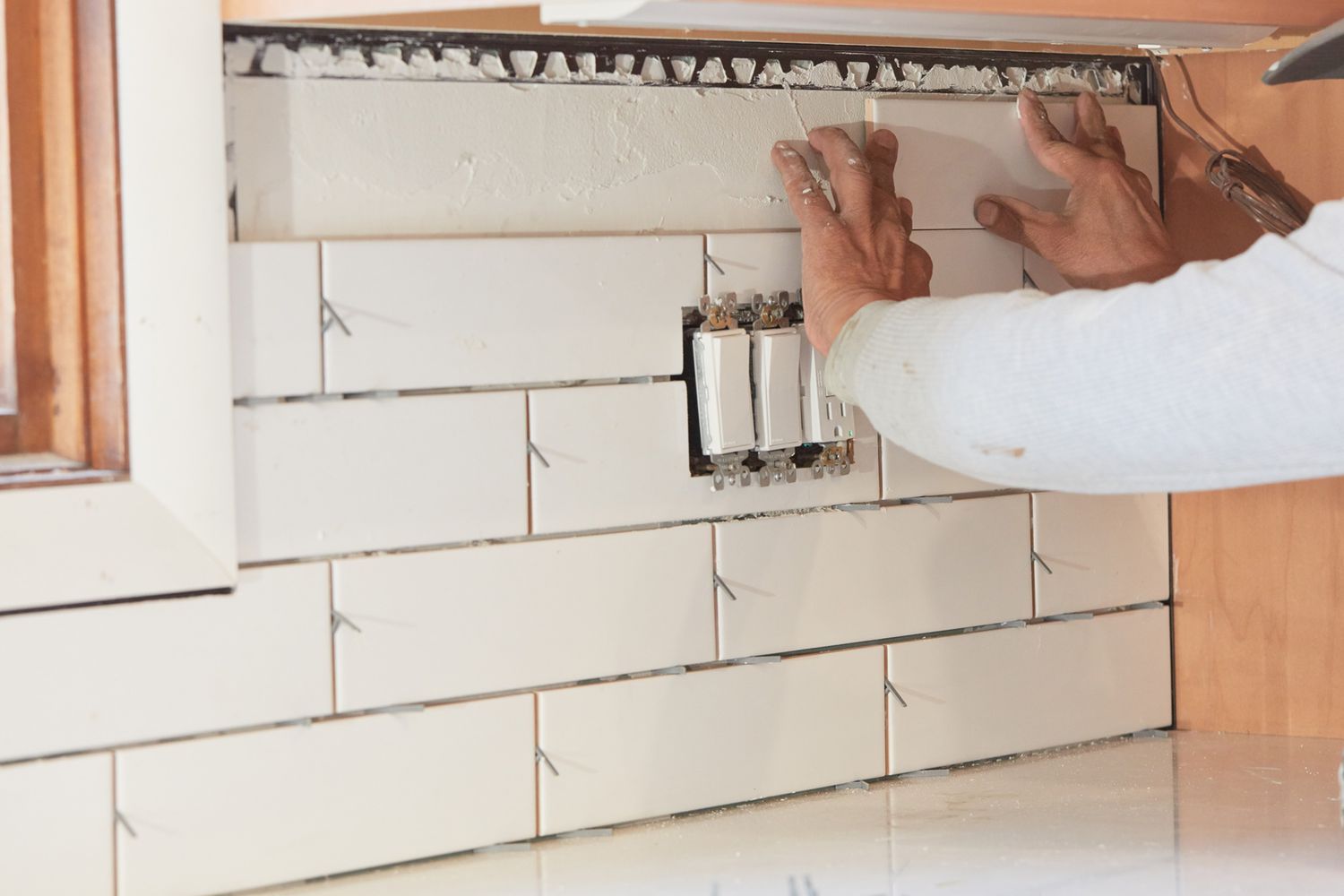
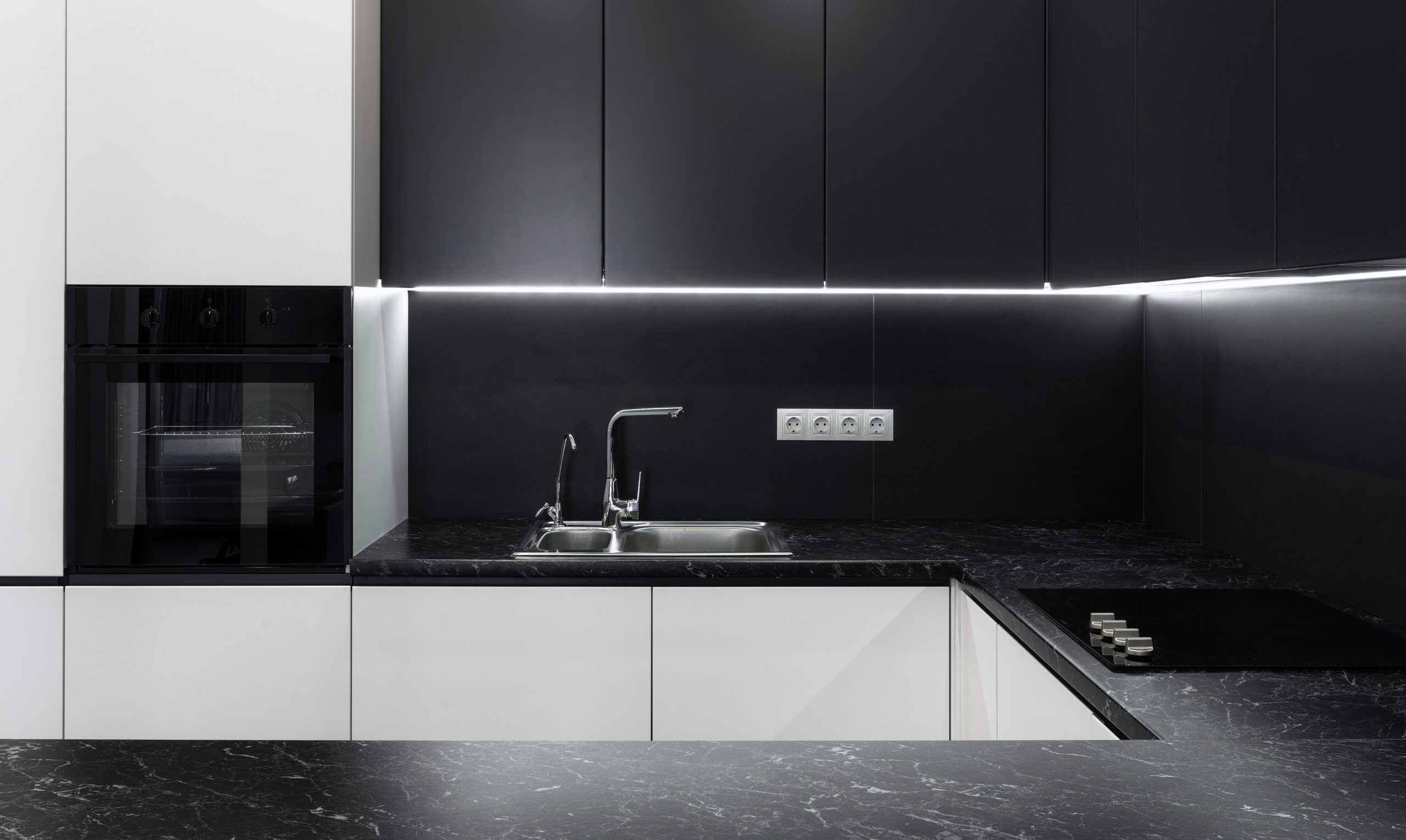
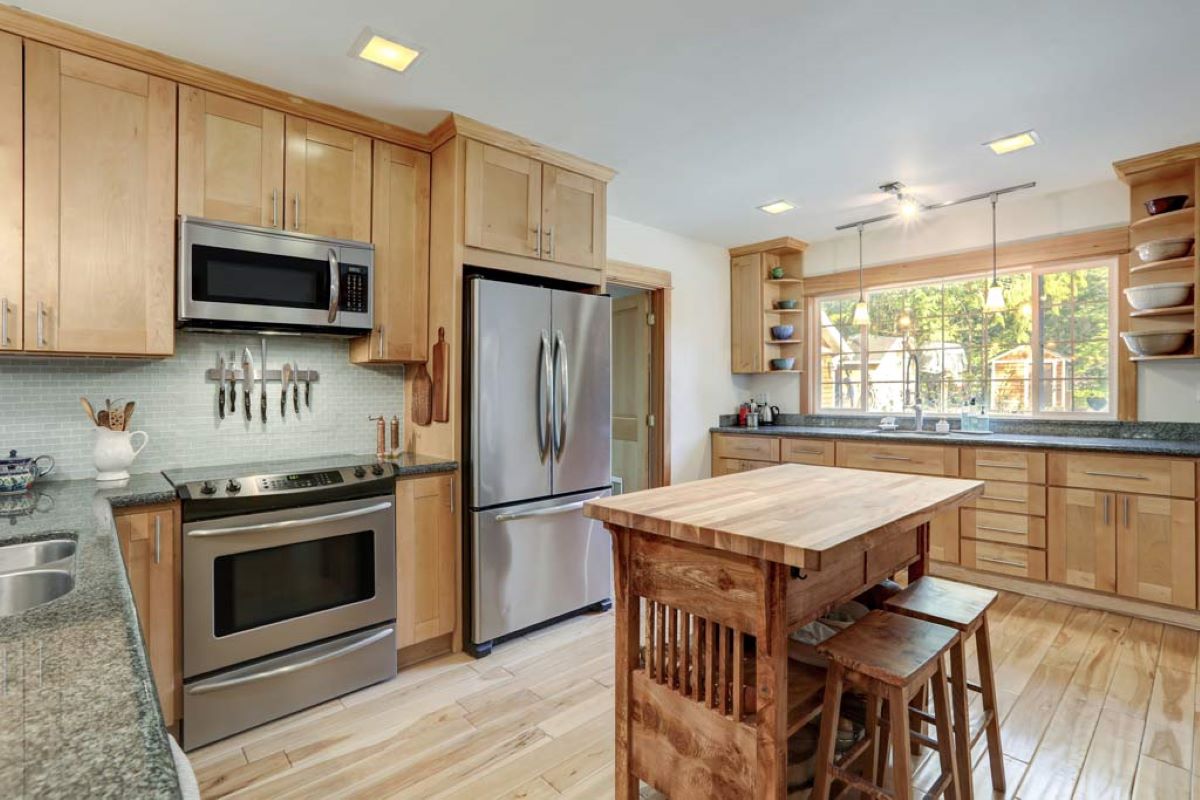
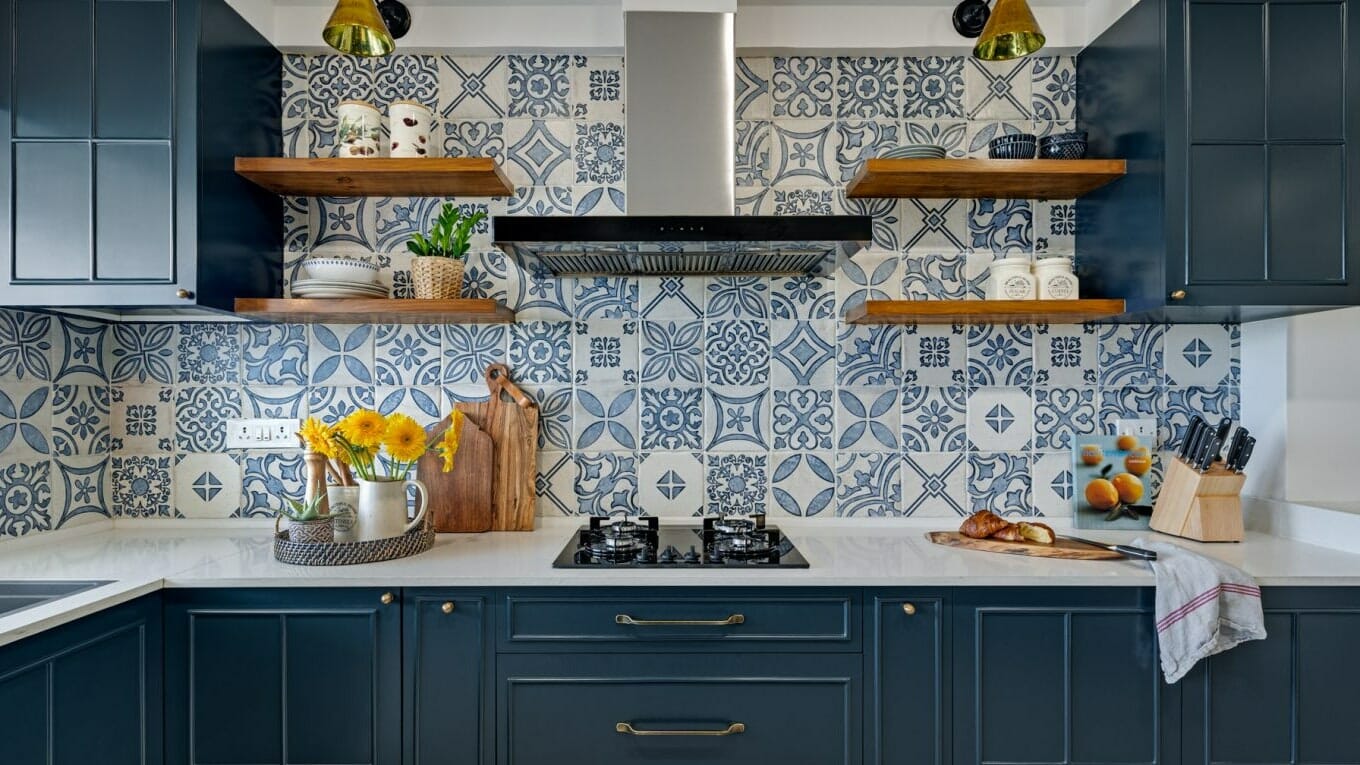
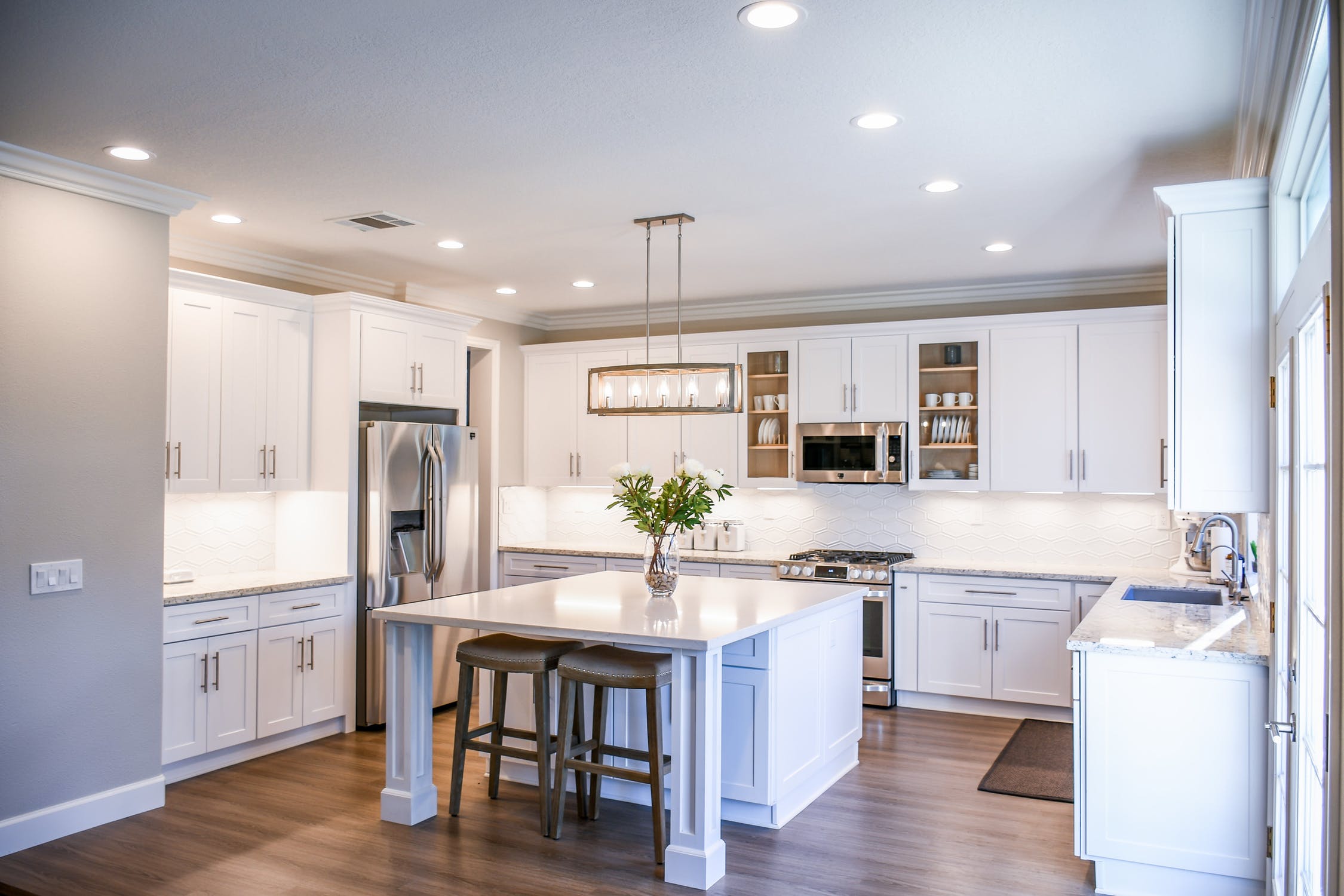
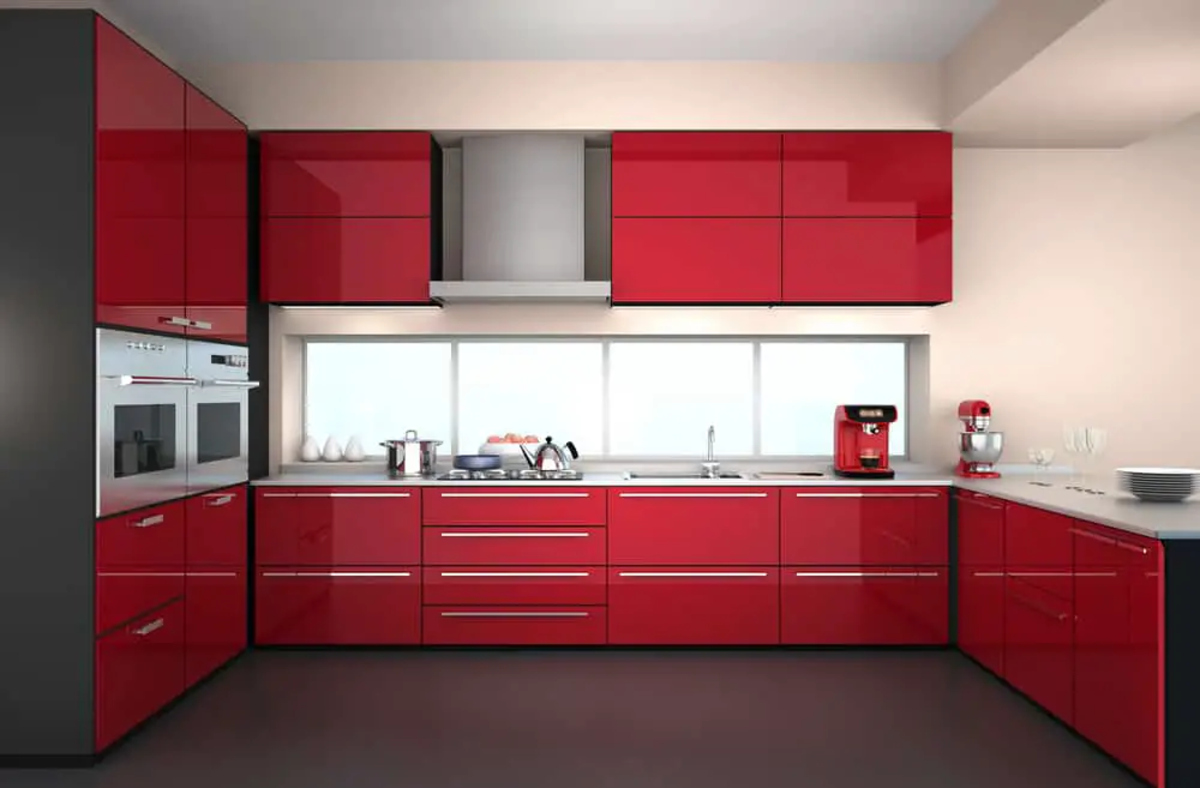
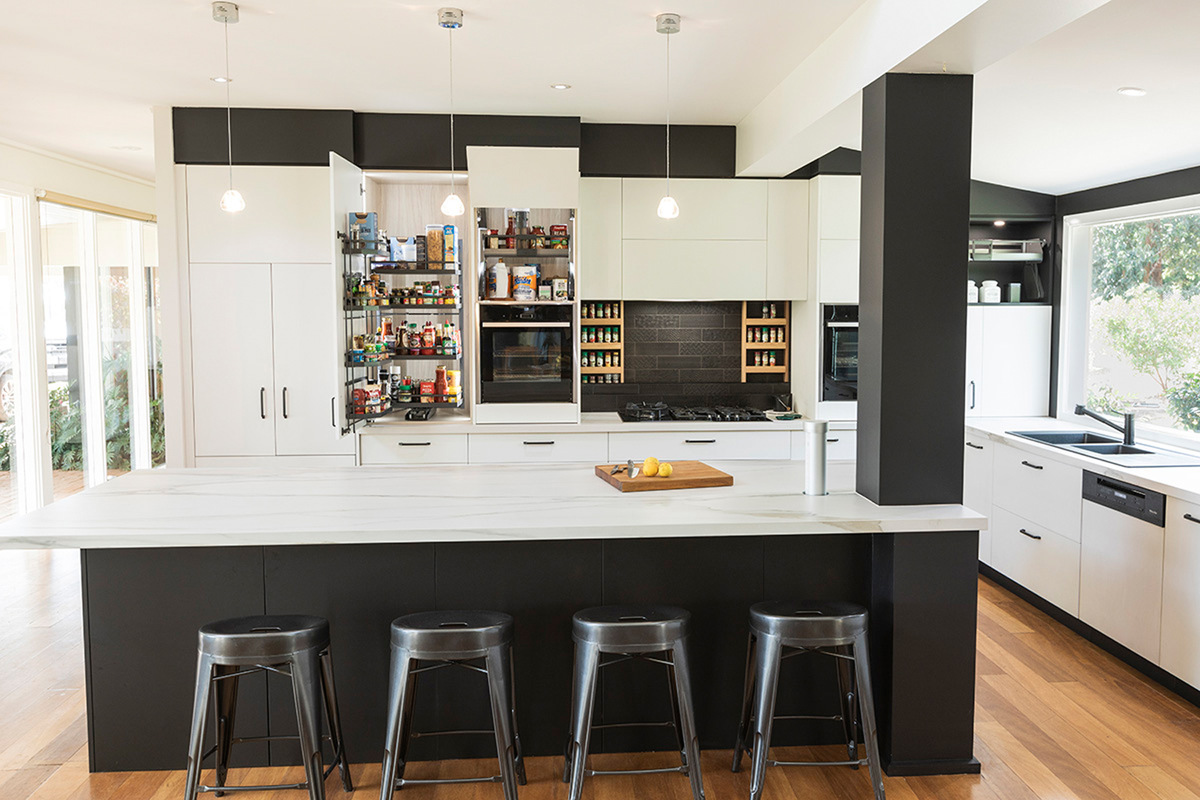


0 thoughts on “What Costs The Most In A Kitchen Remodel? Designers Advise”